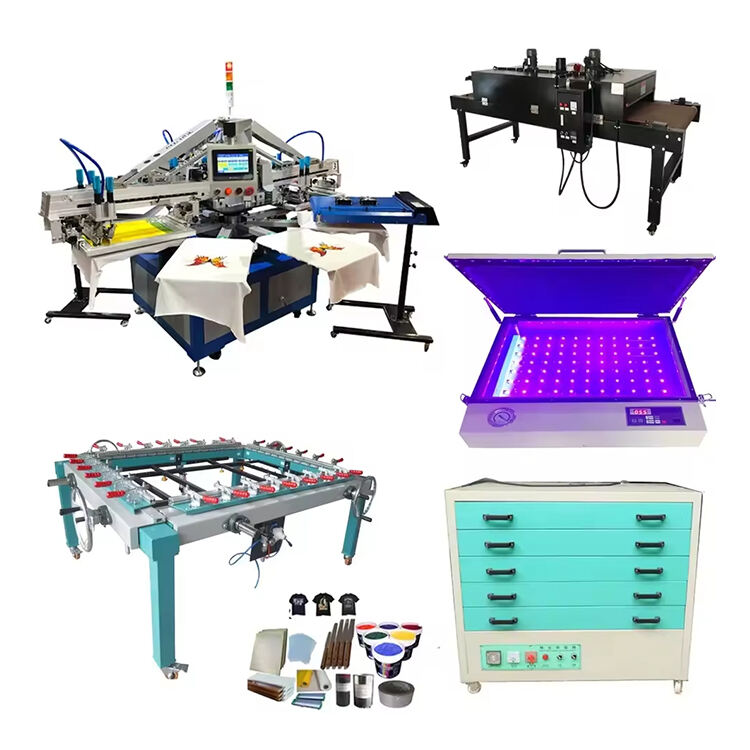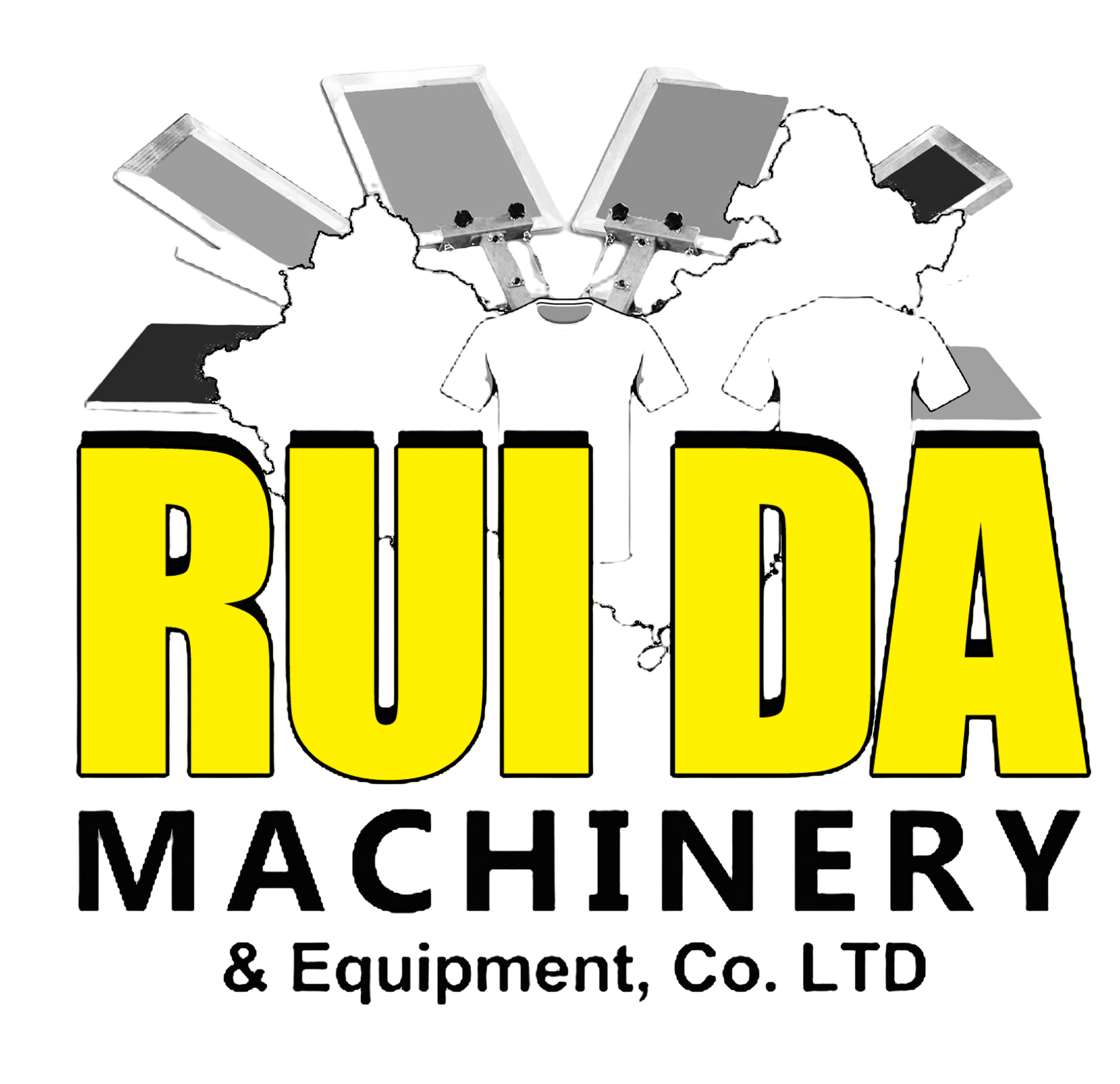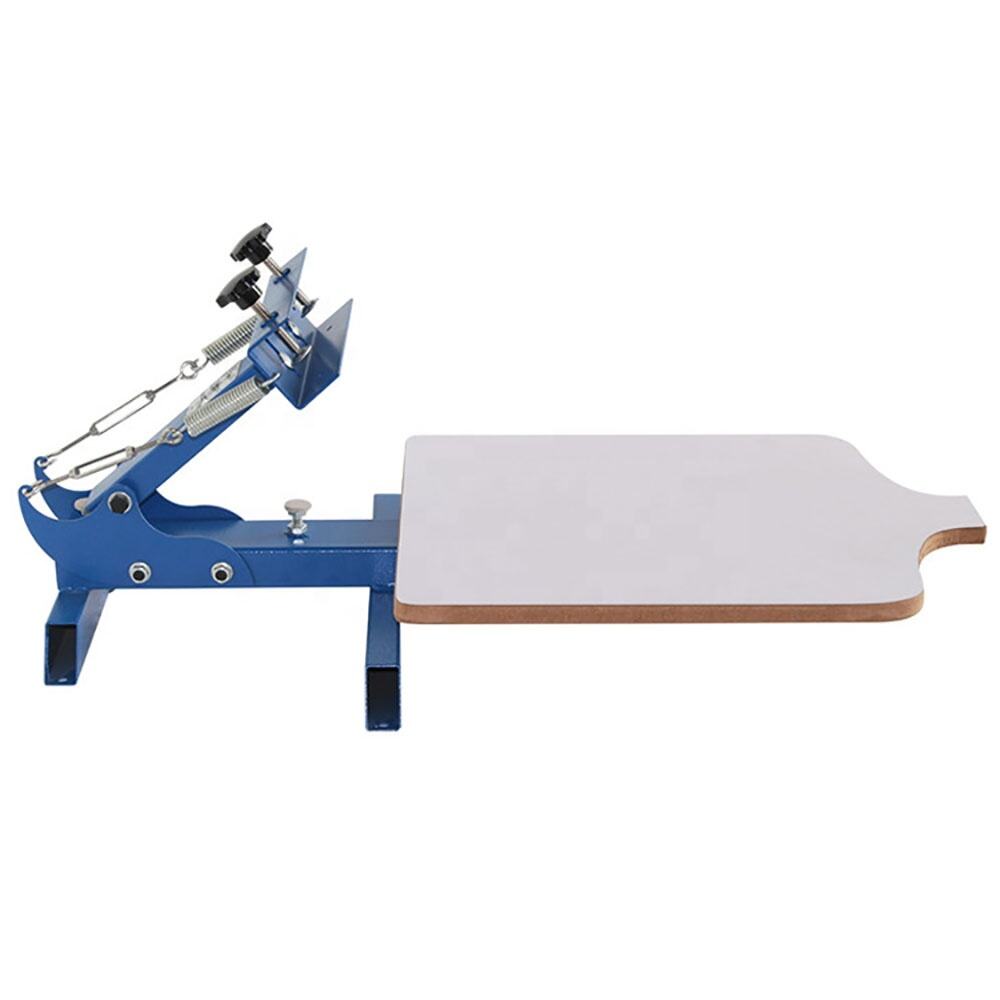Understanding the Art and Science of Automated Screen Printing
Machine serigraphy represents a revolutionary advancement in the screen printing industry, combining traditional artistic techniques with modern automation. This sophisticated printing method has transformed how businesses approach large-scale production of printed materials, from textiles to electronics. As we delve into the world of machine serigraphy, you'll discover how this technology has become an indispensable tool in contemporary printing operations.
The evolution of machine serigraphy from manual screen printing has opened up unprecedented possibilities for precision, consistency, and efficiency. Whether you're a budding entrepreneur looking to start a printing business or a curious creative interested in industrial printing processes, understanding machine serigraphy is essential in today's manufacturing landscape.
The Core Components of Machine Serigraphy Systems
Automated Press Mechanisms
At the heart of machine serigraphy lies the automated press system. These sophisticated mechanisms control the movement of screens, substrates, and squeegees with remarkable precision. Modern machine serigraphy equipment features programmable controllers that manage print pressure, speed, and registration, ensuring consistent results across large production runs.
The press mechanisms typically incorporate servo motors and pneumatic systems that coordinate multiple printing stations. This automation allows for simultaneous printing of different colors and designs, dramatically increasing production efficiency compared to manual methods.
Screen and Frame Technology
Machine serigraphy relies on high-quality screens and frames engineered specifically for automated systems. These components are designed to withstand the rigors of high-speed production while maintaining precise tension levels. The screens are typically made from finely woven polyester or nylon mesh, stretched onto robust aluminum or steel frames.
Advanced tension measurement systems ensure optimal screen performance throughout the printing process. This attention to screen technology is crucial for achieving fine detail and consistent ink deposit across all printed materials.

The Printing Process in Detail
Setup and Registration
Professional machine serigraphy begins with meticulous setup procedures. Operators must carefully align screens and calibrate registration points to ensure precise color overlays. Modern systems often incorporate optical registration systems and digital controls to streamline this process, reducing setup time and minimizing waste.
The registration process in machine serigraphy involves sophisticated sensors and adjustment mechanisms that maintain alignment throughout the production run. This level of precision is particularly important for multi-color prints where even slight misalignment can compromise the final result.
Ink Application and Curing
Machine serigraphy systems feature automated ink delivery and flood systems that ensure consistent ink application across the substrate. The process involves precise control of ink viscosity, temperature, and flow rates to achieve optimal coverage. Advanced systems may include automatic ink mixing and viscosity monitoring to maintain quality throughout long production runs.
The curing process in machine serigraphy often utilizes sophisticated dryer systems with controlled temperature zones and belt speeds. These systems ensure proper ink curing while preventing substrate damage, particularly important when working with heat-sensitive materials.
Applications and Materials
Industrial Applications
Machine serigraphy has found widespread use in industrial applications, from printing circuit boards to producing solar panels. The precision and reliability of automated systems make them ideal for manufacturing components that require exact specifications and consistent quality. The ability to print with specialized inks and on various substrates has made machine serigraphy essential in many high-tech manufacturing processes.
In the automotive industry, machine serigraphy is used to print everything from dashboard components to decorative exterior elements. The durability and precision of the prints make this technology particularly valuable for parts that must withstand harsh environmental conditions.
Commercial and Artistic Uses
Beyond industrial applications, machine serigraphy has revolutionized commercial printing operations. From textile printing to packaging production, automated systems enable businesses to maintain high quality while meeting demanding production schedules. The technology allows for sophisticated color management and the ability to handle complex designs with consistency.
Artists and designers have also embraced machine serigraphy as a means of producing limited edition prints and artistic works at scale. The precision of automated systems allows for reproduction of intricate artwork while maintaining the integrity of the original design.
Maintenance and Optimization
Regular Maintenance Procedures
Successful machine serigraphy operations require systematic maintenance protocols. This includes regular cleaning of screens, inspection of mechanical components, and calibration of electronic systems. Proper maintenance not only extends equipment life but also ensures consistent print quality and minimizes production interruptions.
Operators must maintain detailed maintenance logs and perform preventive maintenance according to manufacturer specifications. This proactive approach helps identify potential issues before they impact production and ensures optimal performance of the machine serigraphy system.
Quality Control Measures
Quality control in machine serigraphy involves both automated monitoring systems and manual inspection procedures. Advanced systems may incorporate vision inspection technology to detect printing defects in real-time. Regular testing of print quality, color accuracy, and registration precision helps maintain high standards throughout production runs.
Documentation of quality control procedures and results is essential for maintaining consistency and meeting customer specifications. This data also helps identify trends and opportunities for process improvement in machine serigraphy operations.
Frequently Asked Questions
What advantages does machine serigraphy offer over manual screen printing?
Machine serigraphy offers significantly higher production speeds, consistent print quality, and reduced labor costs compared to manual methods. The automated systems can maintain precise registration for multi-color prints and handle large-scale production runs with minimal variation in quality.
How long does it take to learn machine serigraphy operations?
Basic operation of machine serigraphy equipment can be learned in a few weeks, but mastering the technology typically requires several months of hands-on experience. Proper training should cover setup procedures, maintenance protocols, and troubleshooting techniques.
What types of materials can be printed using machine serigraphy?
Machine serigraphy can print on a wide range of materials including textiles, plastics, metals, glass, and electronics. The choice of substrate depends on the specific ink system used and the capabilities of the printing equipment.
How does machine serigraphy compare to digital printing methods?
While digital printing offers flexibility for small runs and variable data printing, machine serigraphy excels in producing durable prints with specialized inks and achieving precise color matching. It remains the preferred method for many industrial applications and high-volume production runs.

